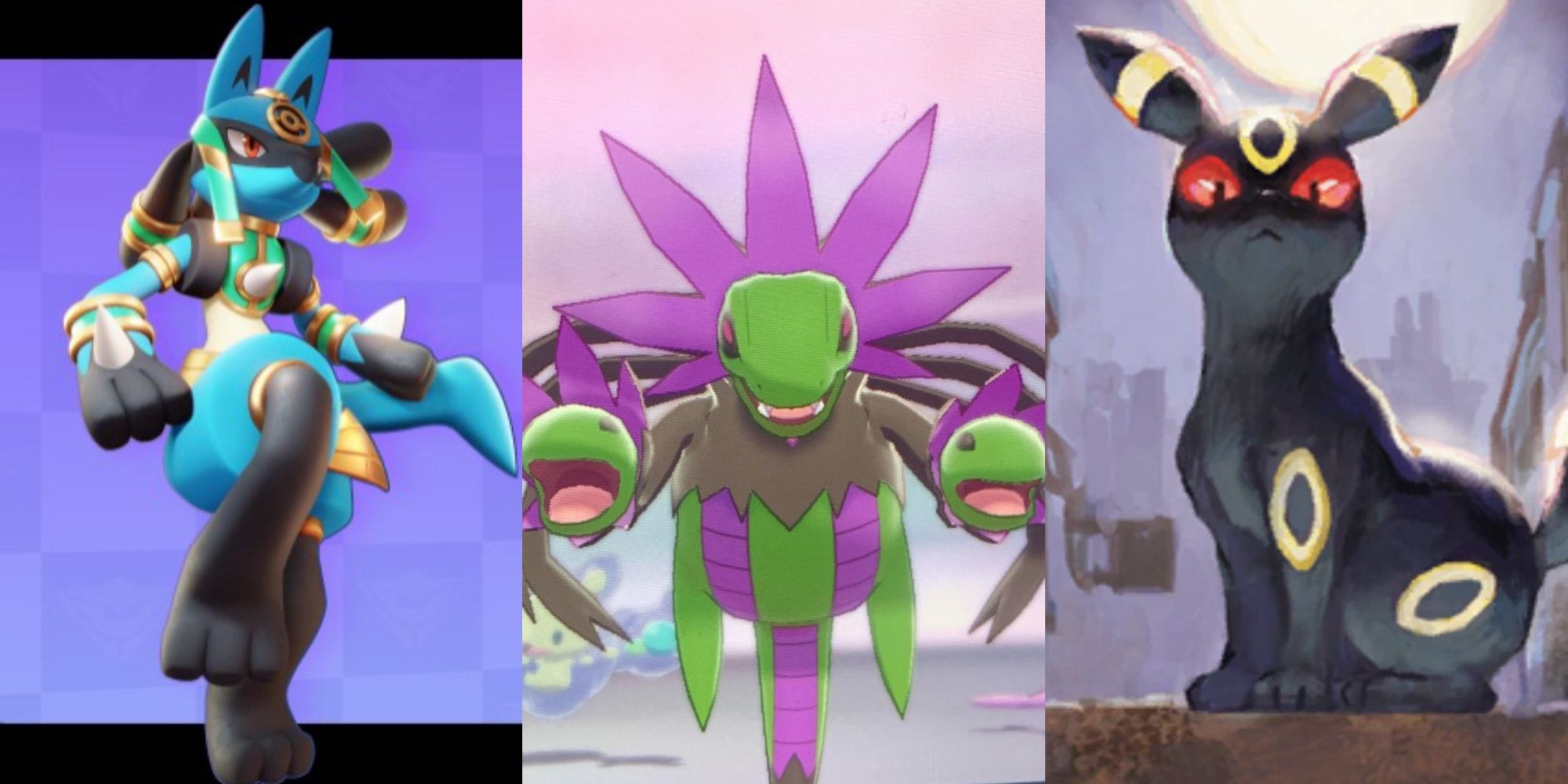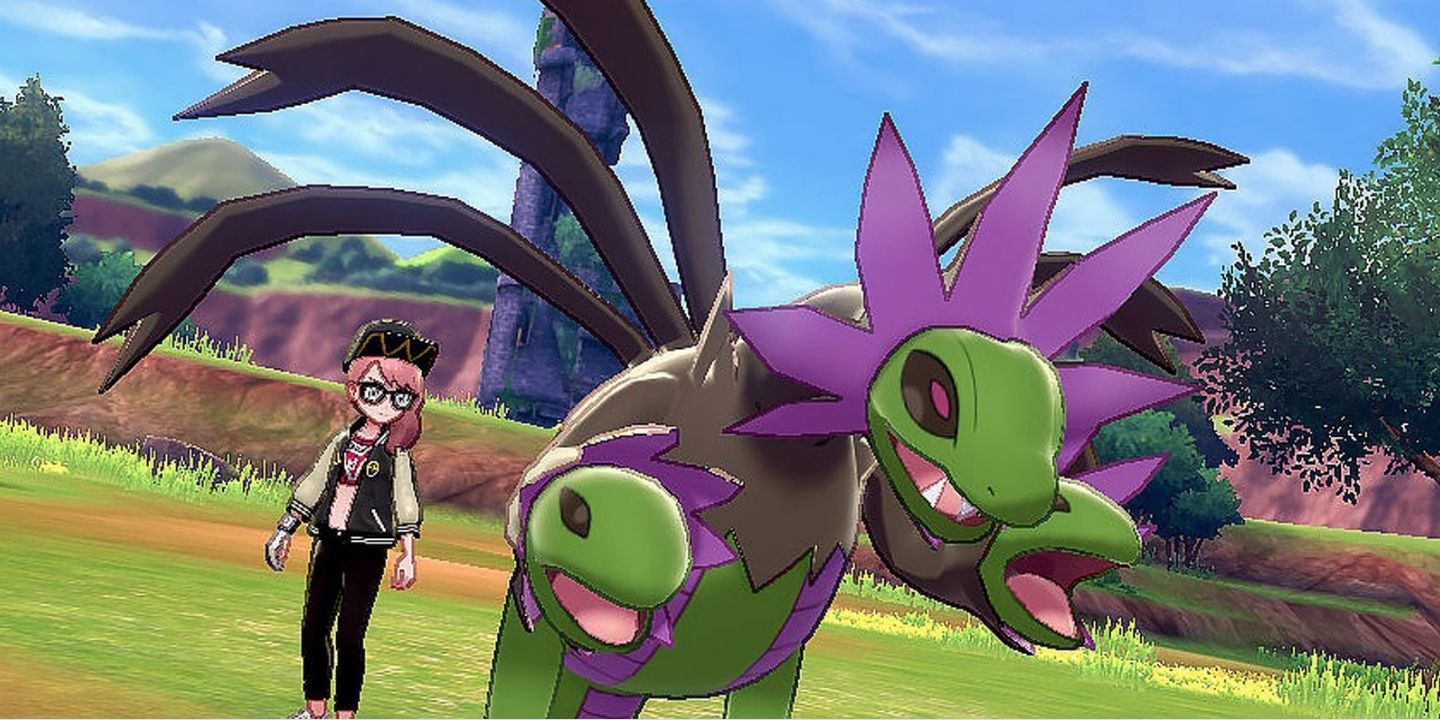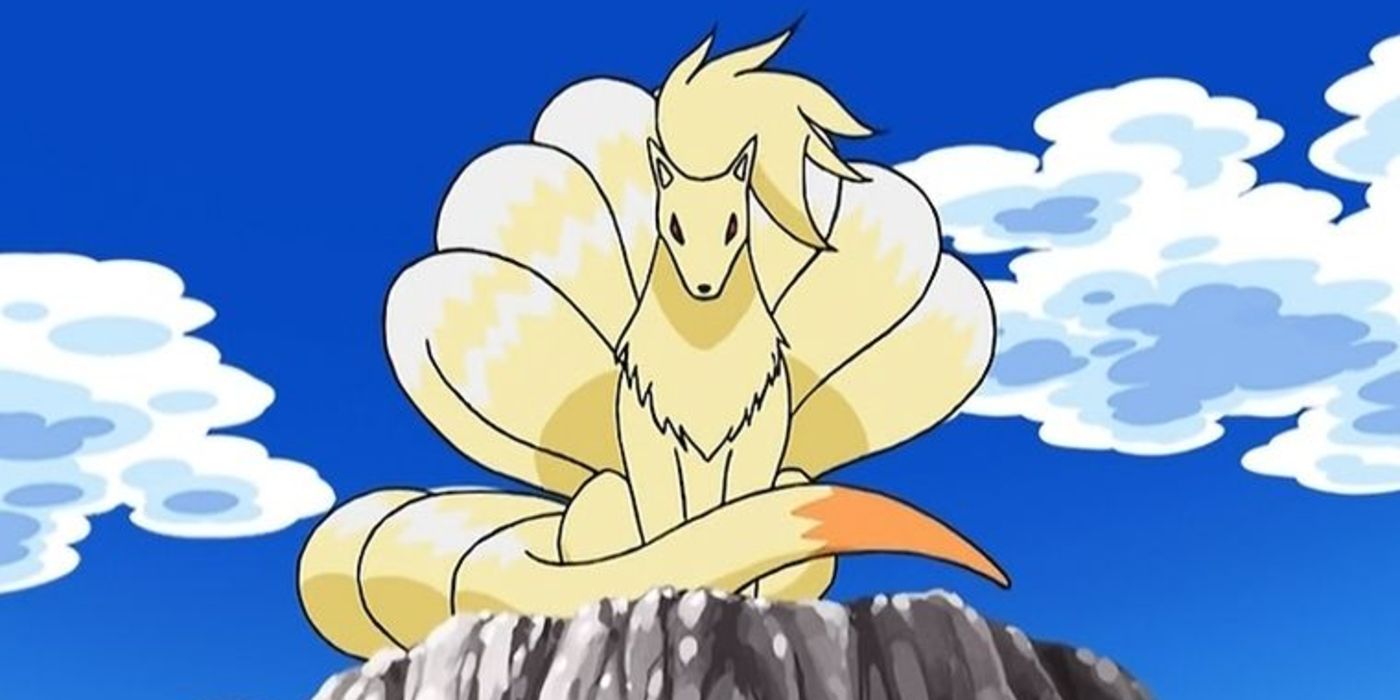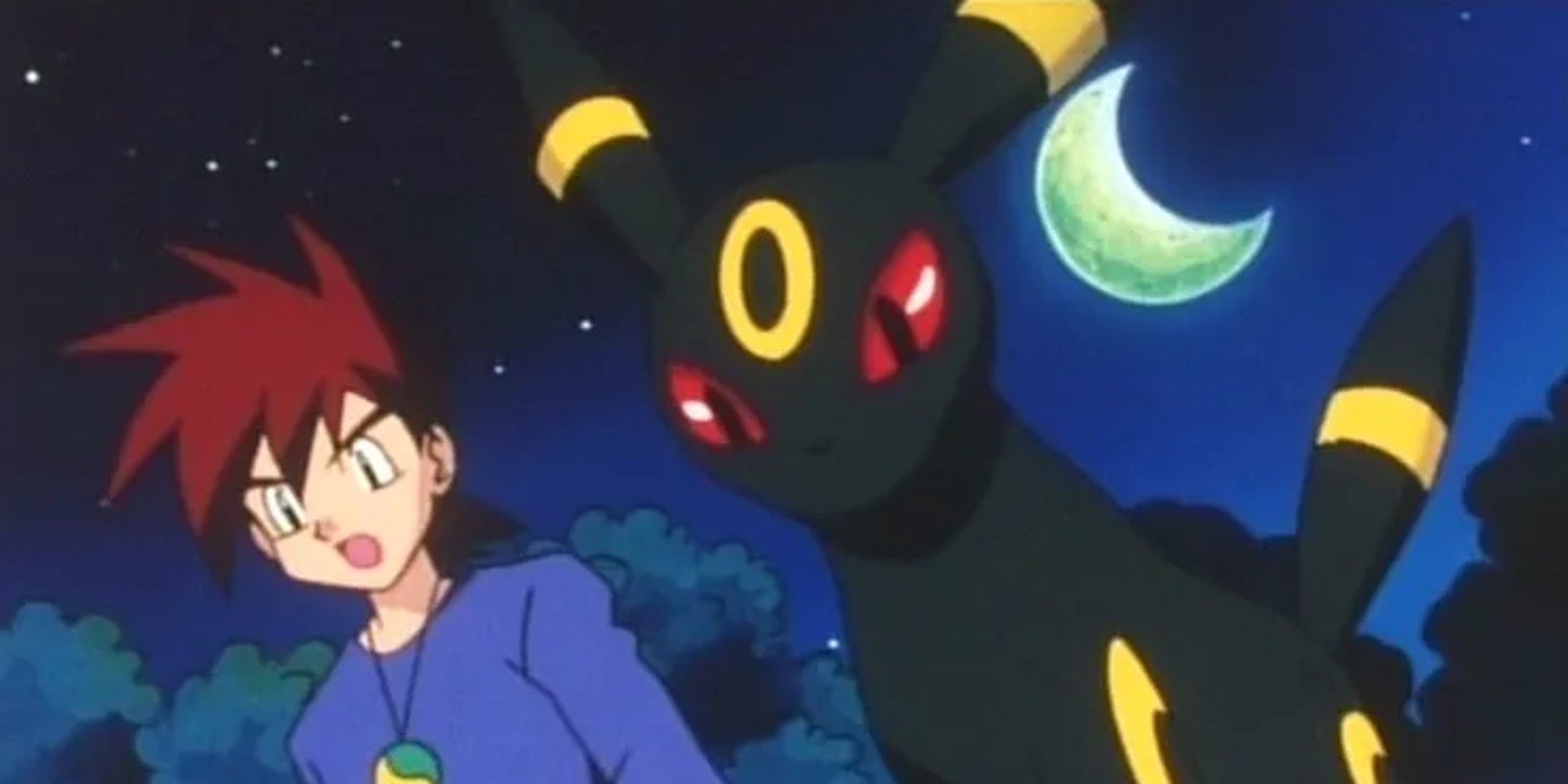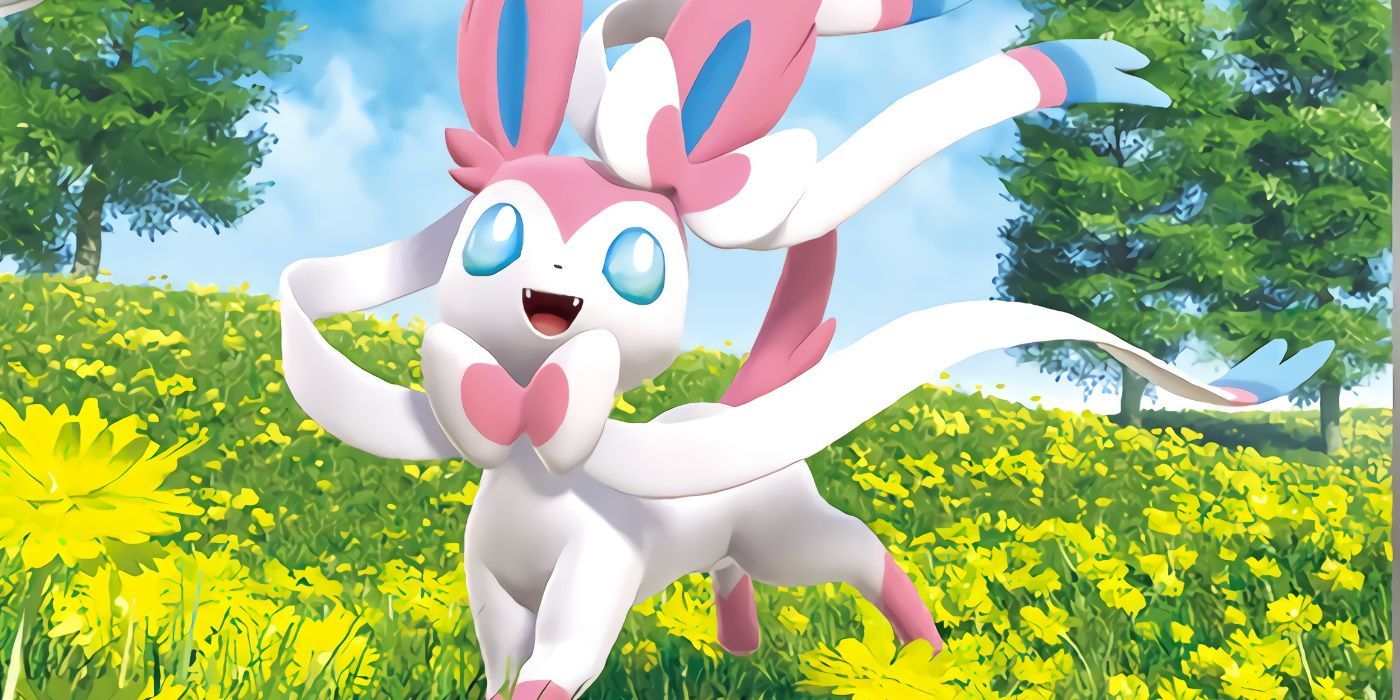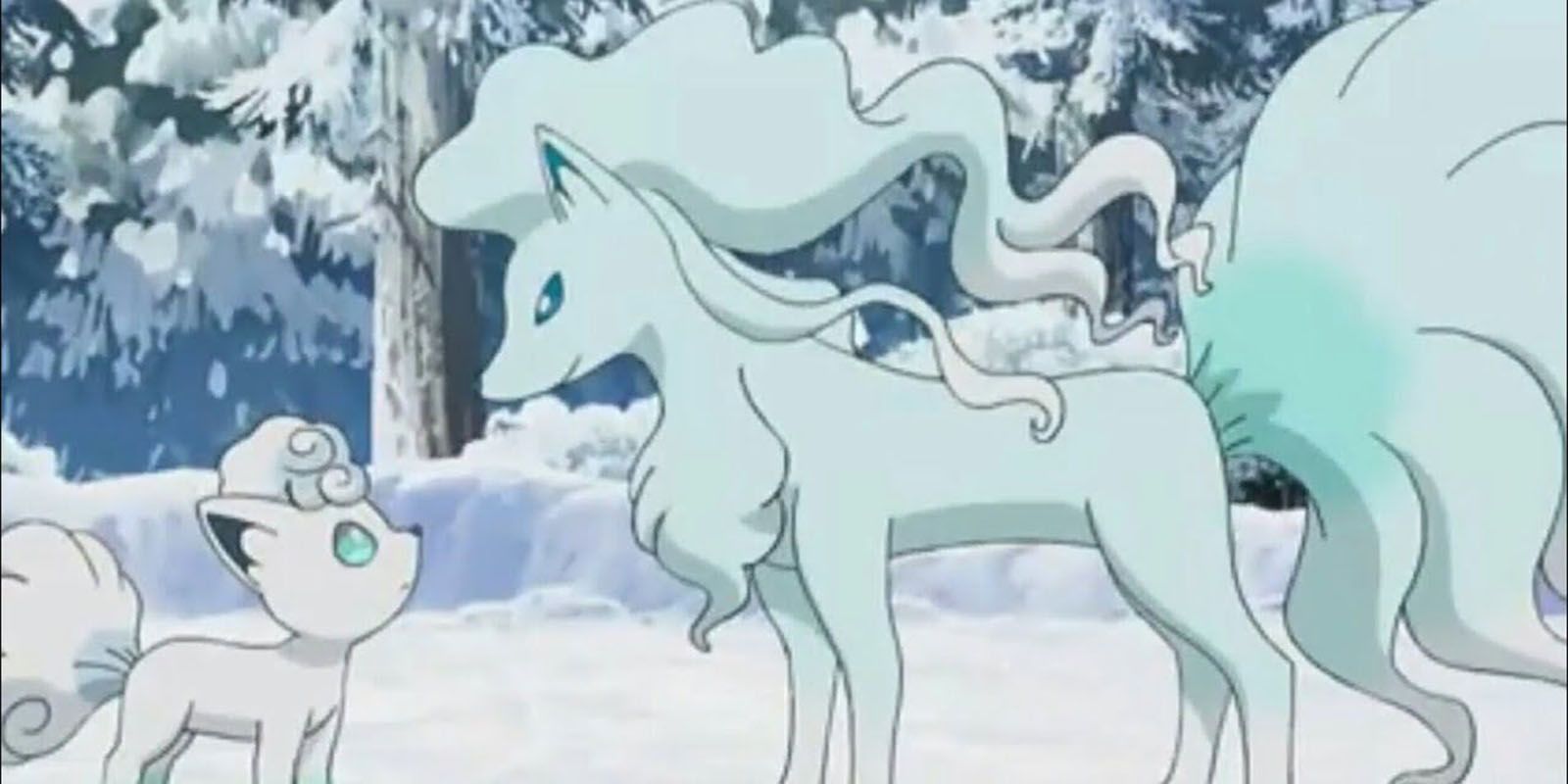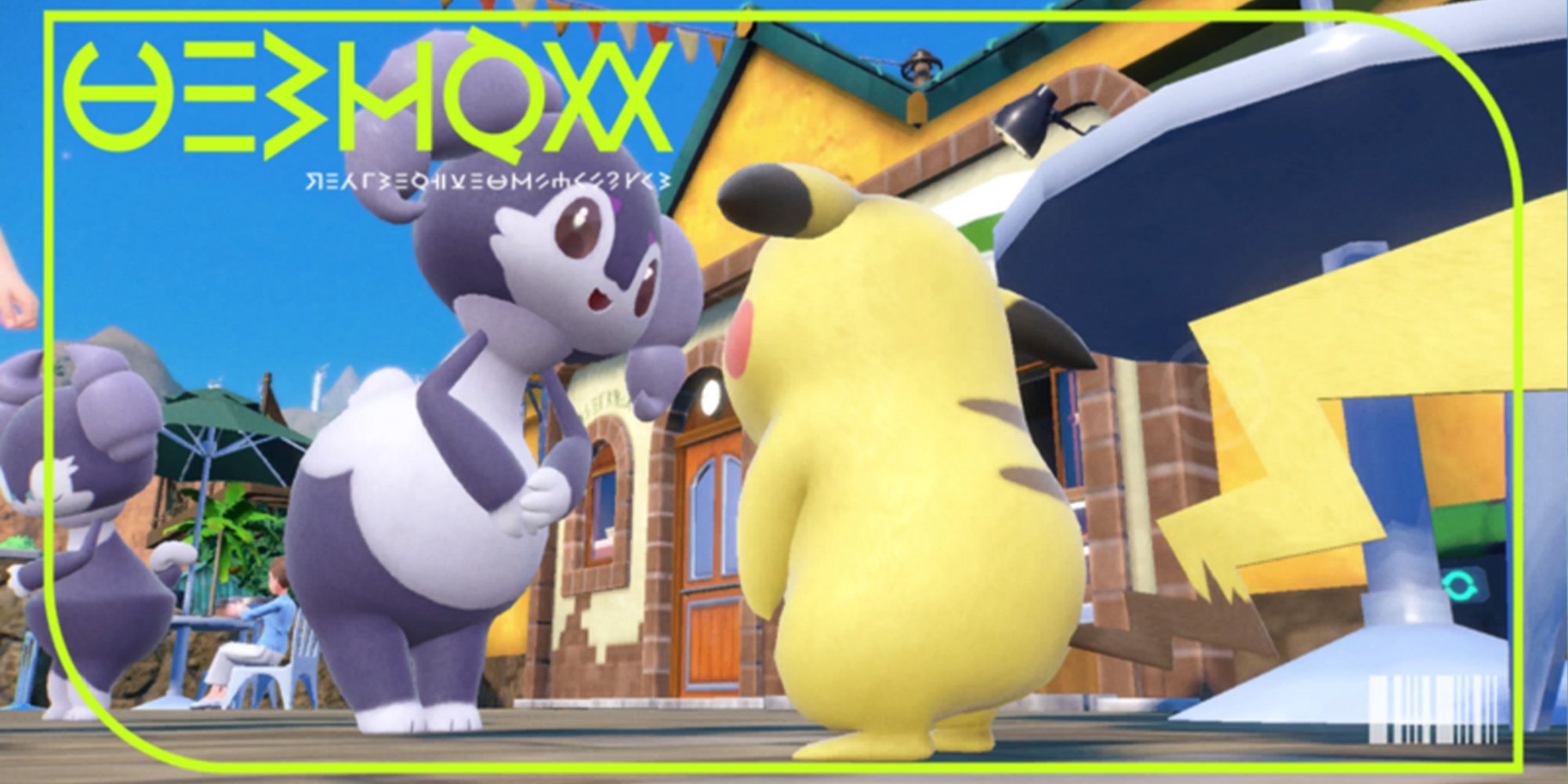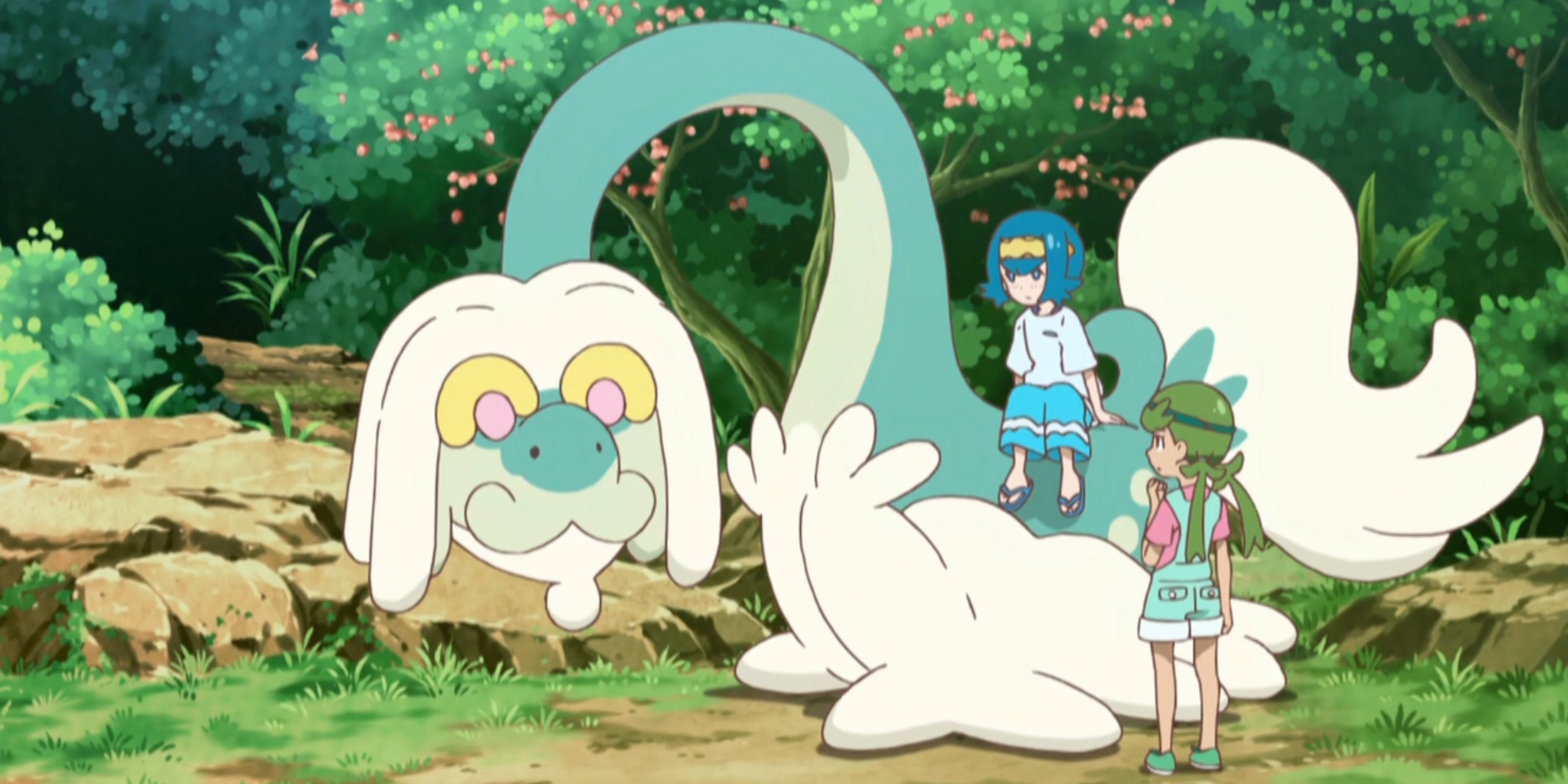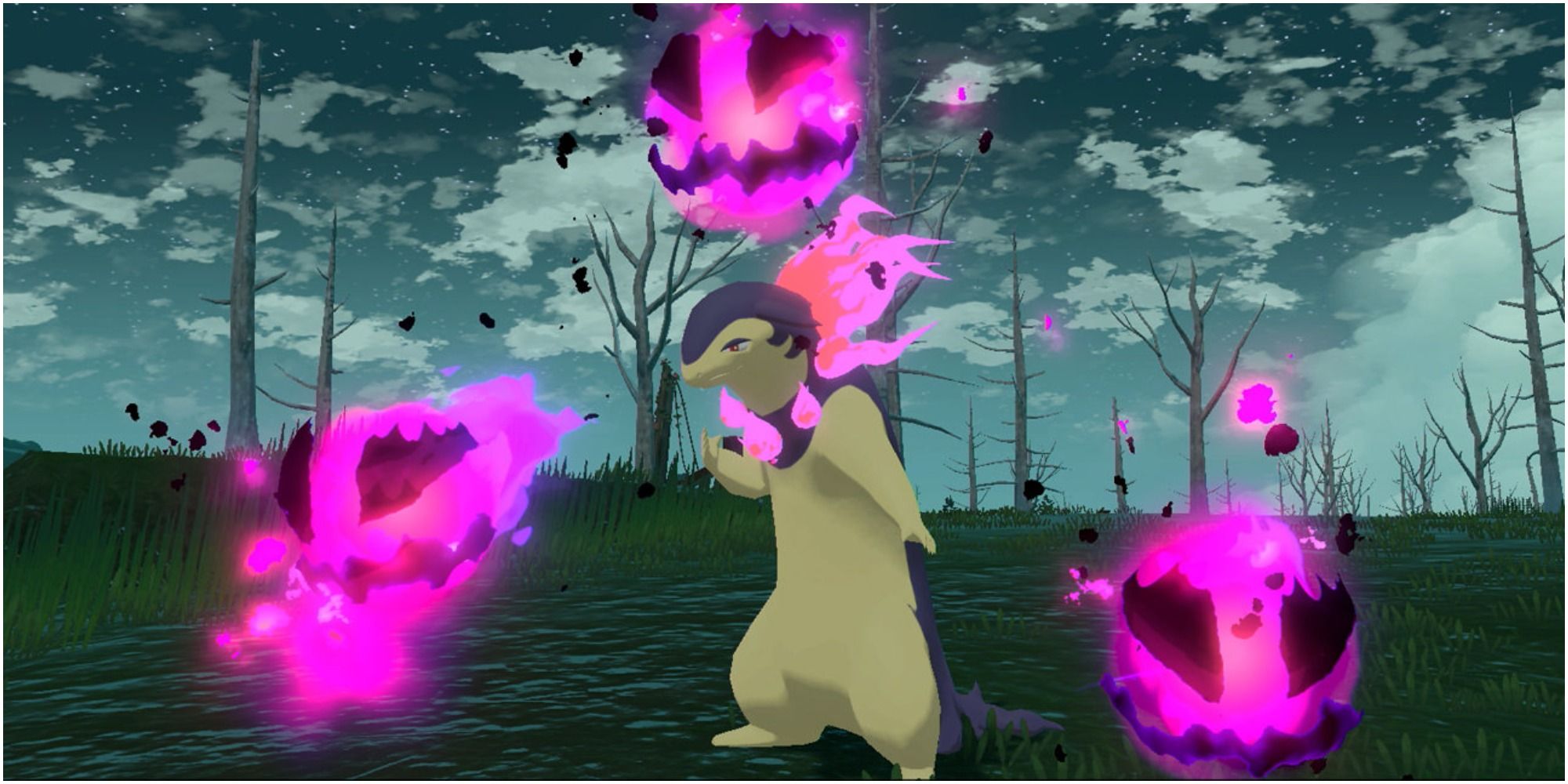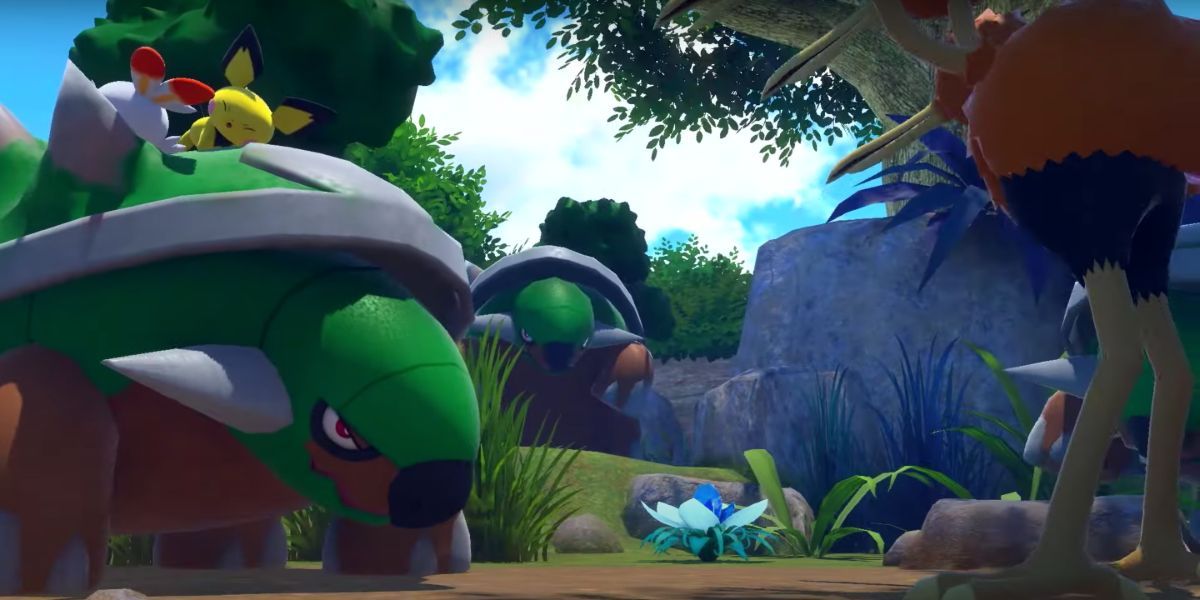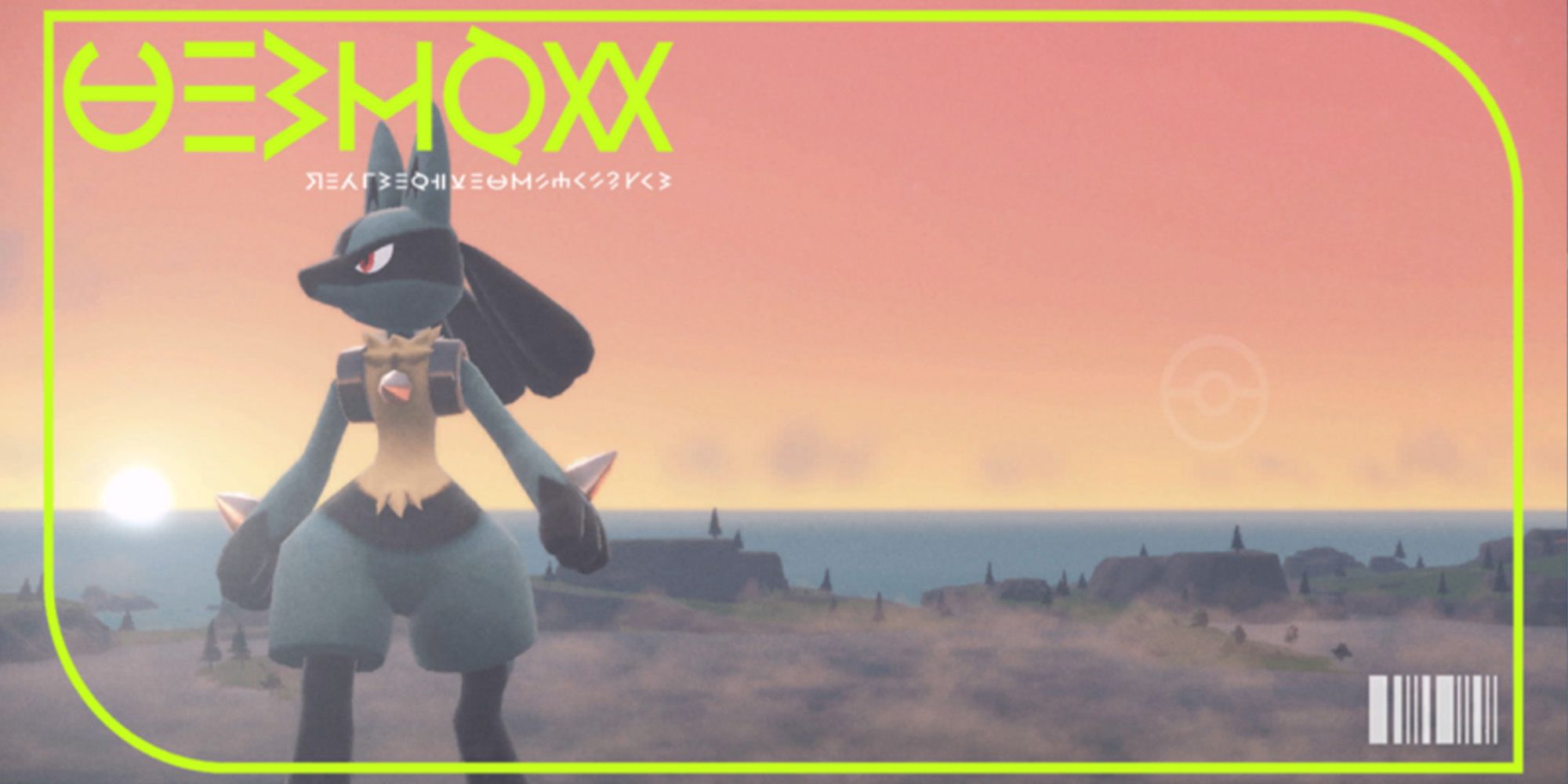Pokemon takes inspiration from all aspects of life including animals, plants, real life people, inanimate objects, and even food. While this has received criticism from some for "lack of originality," it helps create a wide variety of different creatures and designs. Some of the most fascinating Pokemon are based on different mythologies and the gods and goddesses within them.
However, this godly inspiration is not just limited to Legendary Pokemon. There are many other Pokemon that have originated from different deities around the world. So let's take a look at the Pokemon who have gotten their genesis from beings on the same level as Arceus.
10 Hydreigon - Yamata No Orochi
Hydreigon is clearly based on evil multi-headed creatures from across many mythologies. The most well-known one of these is the Hydra that was slain by Hercules (or Heracles), but Hydreigon actually takes most of its inspiration from Yamata No Orochi.
Yamata No Orochi is a legendary Japanese serpent that is sometimes referred to as a god-like figure, so it just barely qualifies. It was powerful enough to force earthly deities to sacrifice their daughters to the beast. Eventually, it was slain by the Shinto storm god Susanoo. On top of this, Hydreigon's shiny form is based on the Zmei Gorynych, a cunning Russian dragon with heads in the multiples of three.
9 Ninetales - Amaterasu
It is fairly obvious that Ninetales is based on the Nine-Tailed Fox since it has, well, nine tails and is, in fact, a fox. These fox-like traits also draw comparisons to the Japanese Kitsune. However, there is one more figure to add to Ninetales' list of influences: Amateratsu.
While most western people are familiar with Amateratsu from the game Okami where she fights the Nine-Tailed Fox, Ninetales has a lot of the same powers as the Shinto Sun Goddess, specifically its Drought ability that summons sunlight onto the battlefield.
8 Umbreon - Bastet, Diana, And Tezcatlipoca
An Eeveelution meant to help introduce Gold & Silver's new day and night cycle, Umbreon takes a lot of inspiration from the moon and nocturnal creatures. Not only does Umbreon share similarities to black cats and the mythical Moon Rabbit, it's also inspired by multiple lunar-based deities.
Bastet is an Egyptian goddess of the moon that appeared as a cat, even though she was originally a sun goddess that appeared as a lioness warrior. This would explain the cat-like and Egyptian features seen on Umbreon. Umbreon could also be a reference to the Roman goddess of the moon Diana, who fled to Egypt as a metamorphed cat. Finally, there are also similarities to the Aztec deity Tezcatlipoca, who would turn into a jaguar with gold bands around its tail at night. While none of these are confirmed, the influence can definitely be seen.
7 Sylveon - Kaltes-Ekwa And Chang'e
Sylveon is kind of in the same boat as Umbreon, except the influences are much clearer. This is because, while it also shares inspiration from the moon rabbit, the hare-like features are much more obvious with Sylveon than Umbreon. This has led fans to believe that Sylveon is partially inspired by Kaltes-Ekwa, an Ugrian moon goddess that could shape-shift into a hare.
But that's not all, as Sylveon's other major trait are the ribbons that surround its body. This is in reference to Chang'e, a Chinese moon goddess whose robe is often adorned with many ribbons. Now the move Moonblast makes a lot of sense as a Fairy-type move.
6 Alolan Ninetales - Poli'ahu
With the Alola region drawing so much inspiration from Hawaiian culture and mythology, it only makes sense that the Alolan version of Ninetales would do the same. However, there is a bit more evidence connecting Alolan Ninetales to Poli'ahu, one of the four goddesses of snow.
Thought to live on Hawaii's tallest mountain, Poli'ahu was defined by her otherworldly beauty as well as her battles with Pele, the volcano goddess. Alolan Ninetales is believed to be a reference to this beautiful and powerful being, especially in its Pokedex entries where it says that Alolan Ninetales is worshipped as the incarnation of a deity that lives on the top of a snowy mountain.
5 Indeedee - Lares
In all polytheistic beliefs, not every god is created equal. Sure, every one of them wants to be a leader like Zeus or Odin, but there is a need for lesser gods as well. Such is the case with Indeedee's inspiration, Lares.
Lares are considered to be guardian deities or household gods in Ancient Rome, that would protect and serve the family of a house or citizens of a city, and were often brought out during meal times when family was present. This kind of support can definitely be seen with Indeedee with its movepool and especially with its ability Psychic Surge that both protects your team from priority attacks and boosts the strength of Psychic-type moves.
4 Drampa - Zhulong
Drampa is a rarely seen Dragon/Normal-type Pokemon that loves children. It has a long, serpentine body and a human-like face that almost resembles a kind grandfather. This, among with many other traits, shows that Drampa was clearly inspired by Zhulong The Torch Dragon.
Zhulong is a deity in Chinese mythology that had a human head and a snake's body, similar to Drampa. But that's not where the similarities end, as both dragons live in high mountains and can expel great gales of wind just by breathing.
The only real differences are that Zhulong can control day and night and even the season, but maybe that's why Drampa is found in the only location influenced by the seasons in New Pokemon Snap.
3 Hisuian Typhlosion - Kamuy-huci
HIsuian Typhlosion was introduced in Pokemon: Legends Arceus, and despite having a similar body to its Johtonian form, the two couldn't be more different. The original Typhlosion is angry and fierce, Hisuian Typhlosion is much more friendly and inviting. This is because it is based on Kamuy-huci, the Ainu goddess of fire and the hearth.
In Ainu culture, the hearth is an important part of the home, because it serves as a connection to the gods as well as the home of the dead. Souls of those who died would go through the hearth and find new bodies with the guidance of Kamuy-huci.
Since Hisuian Typhlosion serves as a guide for souls to the afterlife, and Legends Arceus takes place in the Ezo Period of Japan, it is thought to be a tribute to Kamuy-huci.
2 Torterra - The World Turtle
There are many different beliefs regarding the origin of Earth and the universe. Scientists think that there was a big bang, while Christians think that it was built in seven days. Meanwhile, many other religions believe that the whole world is on the back of a giant turtle or tortoise. This is clearly the origin for Torterra.
Torterra is a tortoise-like creature with a small ecosystem growing on its back that can serve as the home for many smaller Pokemon and this can be seen in New Pokemon Snap when Pichu and Scorbunny hide out on top of one. But the best visual example of this comes from the Detective Pikachu film where an entire area exists on the back of giant Torterra. It's truly a sight to behold.
1 Lucario - Anubis
Lucario is easily one of the most recognized Pokemon of all time, so it only makes sense that it be based on the most recognized god on this list: Anubis. Anubis is the Egyptian god of the dead who is depicted as a human with a canine-like head. While this physical similarity can clearly be seen in Lucario, the inspiration actually goes deeper than that.
Anubis would weigh the hearts of people to see if they were good enough to enter the underworld. Similarly, Lucario has the ability to see people's aura and will only trust trainers who are surrounded by a good aura.
On top of this, Lucario's alternative appearances are references to Egyptian cultures, such as its golden shiny form and its Ruins Holowear in Pokemon Unite. Add on that it knows the move Bone Rush, and it's clear that Lucario is inspired by Anubis.

